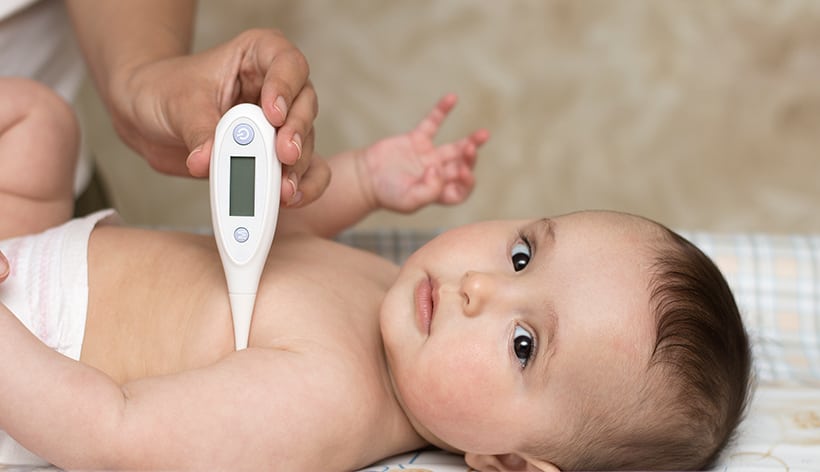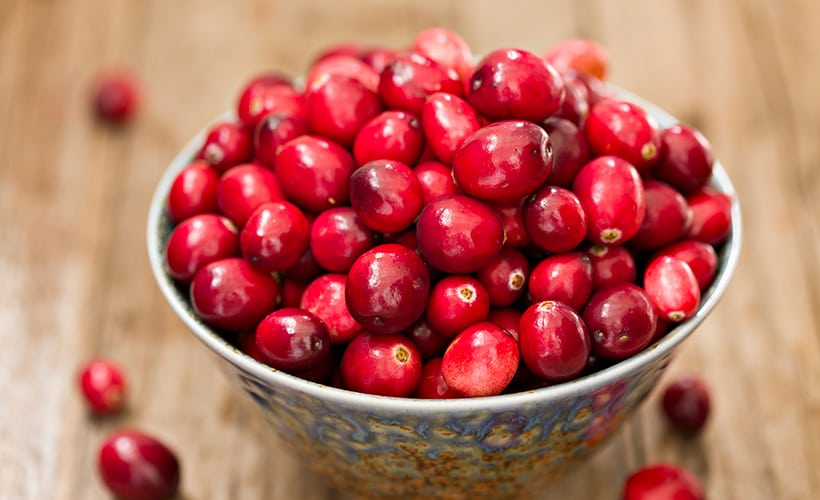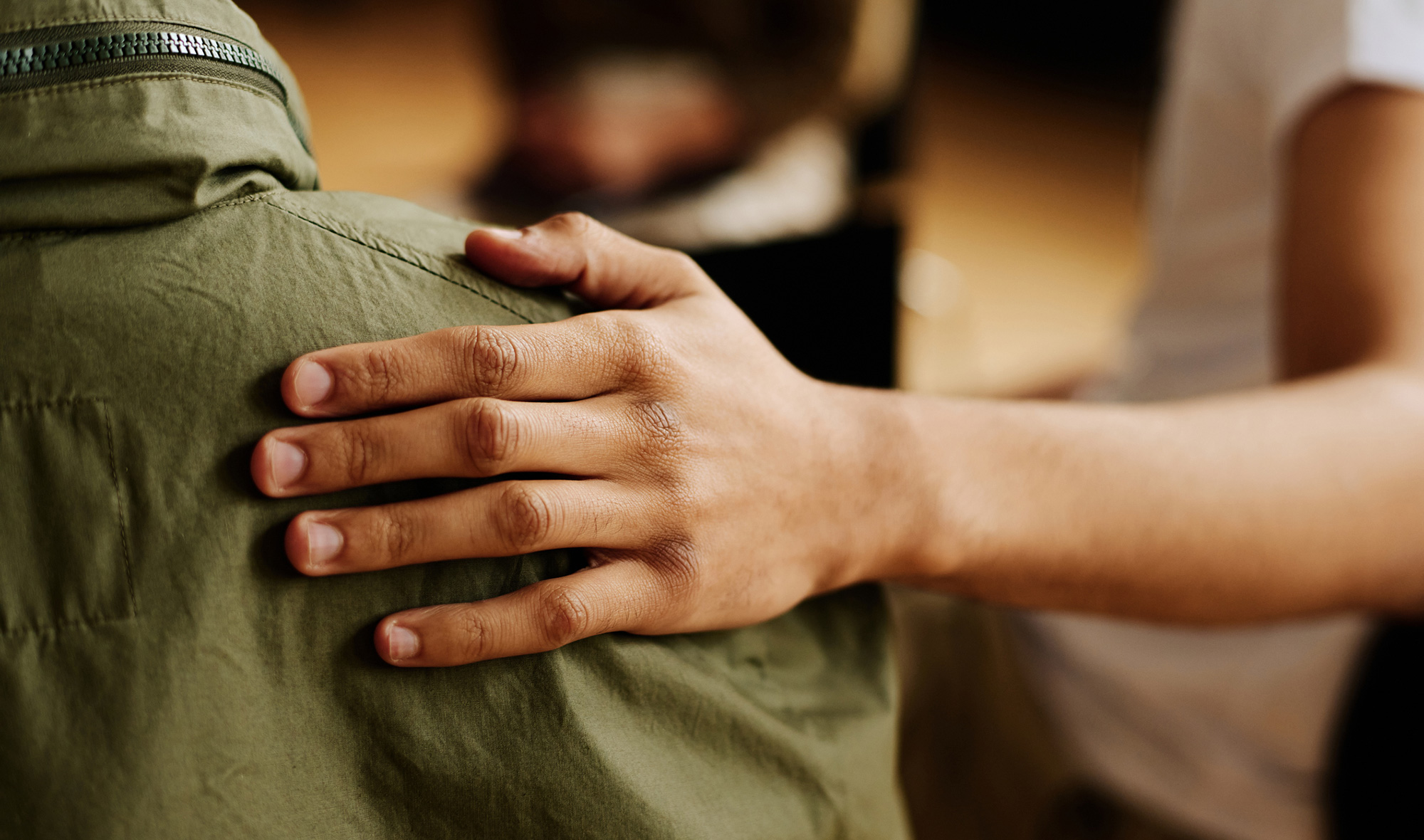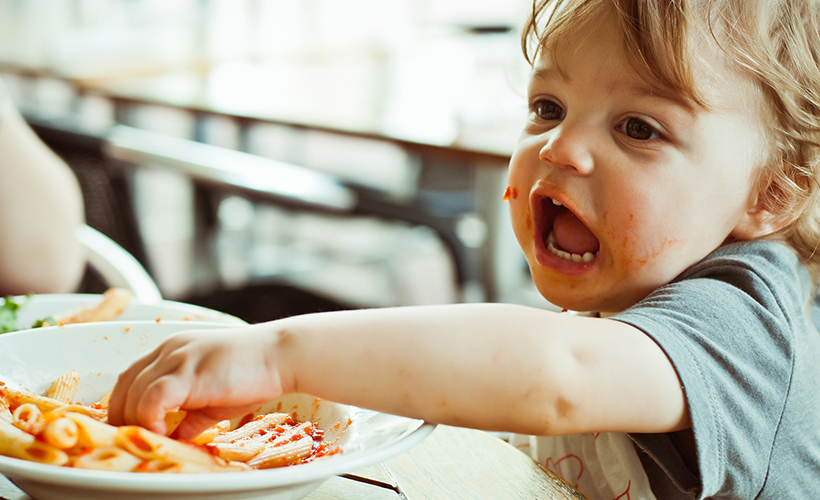Write it down
Giving advice is a huge part of what I do as a pharmacist. One of the conversations I always try to make time for is to give advice about paracetamol to parents of young children.
Paracetamol is a medicine used to help reduce fever and relieve pain. It’s one of the most common medicines given to children and in most situations, it’s safe and effective. However too much paracetamol can seriously damage a child’s liver and it’s not just about how much is given in a single dose, it’s also about the number of doses given in 24 hours. Hence my interest in making sure parents understand how to give it safely.
Key messages from me are to:
- always check the strength of a medicine
- know the correct dose for your child
- use a proper medicine measuring device
- record each dose given.
Check the strength of a medicine.
Liquid paracetamol comes in two strengths – 120mg of paracetamol in 5ml (120mg/5ml) and 250mg of paracetamol in 5ml (250mg/5ml).
A few years ago, the different strengths were formulated in different flavours or different colours so you could differentiate between strengths. But that’s not how it is now – strawberry, cherry and orange flavours are available in both strengths.
Know the correct dose
The correct dose of paracetamol is based on a child’s weight. Knowing a child’s weight accurately is the first step to calculating the correct dose. The second step is checking the strength of the medicine you have and calculating how much to give based on the child’s weight.
When paracetamol is dispensed on a prescription, typically a doctor will specify the dose (number of ml) based on the child’s weight at that time and the pharmacist will put these instructions on the label. For products sold in pharmacies, guidelines are printed on the bottle and packaging.
However the dose changes as a child grows and gains weight. And when there is more than one child in a family, typically they all share the same bottle of paracetamol however the dose will be different for each child.
Your pharmacist can give you a table of doses for different weights and if you’re not sure you can always phone your pharmacist to check. Paracetamol dose calculators are also available online.
Use a proper medicine measure
As well as knowing the correct amount to use, making sure you measure the dose accurately is important too.
For babies and toddlers I recommend using a syringe – it makes measuring the right amount easy. And having the medicine in a syringe lessens the chances of the child batting it with their hand as you try to give it to them and some of the dose being spilt and then you being unsure how much they actually got!
NB When using a syringe, squirt the dose into the side ‘pocket’ of the cheek rather than aiming for the back of the throat. Push the plunger in slowly, giving your child time to swallow the medicine as it squirts out. This makes it less likely that the child will splutter or cough and spit the medicine back out.
For older children, medicine measures come as spoons or cups in a variety of sizes. These are readily available at low cost from pharmacies.
If you know you are probably going to have to get up in the night to give a dose of paracetamol or you are leaving a dose to be given by someone else e.g. a babysitter, a good idea might be to use a syringe with a cap and draw up the dose yourself in advance. Use a syringe with a cap and put it safely away out of sight and reach of the child for use when needed. This way you will know the correct dose will be given. Syringes are available in different sizes so you can use a large syringe for a large dose for an older child.
Record each dose given
Recording every dose given is a particular recommendation of mine. For paracetamol, the recommendation is one dose is every 4 to 6 hours with a maximum of 4 doses in 24 hours. When a child is unwell, if you are giving the medicine regularly every 4 hours, then it’s easy to reach the maximum of 4 doses in 24 hours.
As well – if different people are involved in looking after the child and giving the medicine, it’s very easy to lose track of how many doses have been given. Mums, dads, grandparents, nannies and other caregivers could each give a dose unbeknown to the others.
I remember from personal experience that when your child is sick, getting up in the middle of the night to care for them can be hard work. Interrupted sleep can make you feel like a zombie and I challenge anyone up in the wee small hours to remember exactly what time you gave the medicine to them.
My advice is to have a book that stays with the paracetamol bottle. Use this to record exactly what dose was given when. For families with more than one child, have separate pages or books for each child. And for children in shared care situations make sure the book goes with them so all doses can be recorded.
Guidelines for using paracetamol
- Wait at least 4 hours between doses; give no more than 4 doses in 24 hours.
- Check other medicines given; they may have paracetamol in them.
- Only give paracetamol if it is necessary.
- Use it if your child needs pain relief and is miserable.
- Use it if your child feels very hot (temperature over 38.5°C).
- It is not recommended to routinely give paracetamol before or after vaccinations.
- If you are concerned that your child has had too much, call your doctor, nurse or the Poisons Centre 0800 POISON (0800 764 766) immediately.
Written by: Jenny Cade
This blog provides general information and discussion about medicine, health and related subjects. The information contained in the blog and in any linked materials, are not intended nor implied to be a substitute for professional medical advice.
















Community